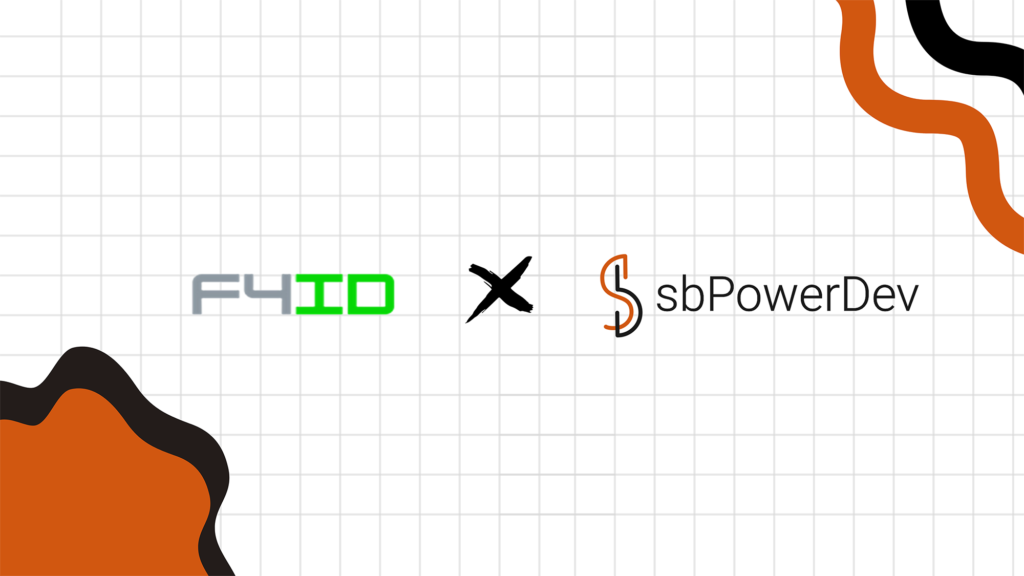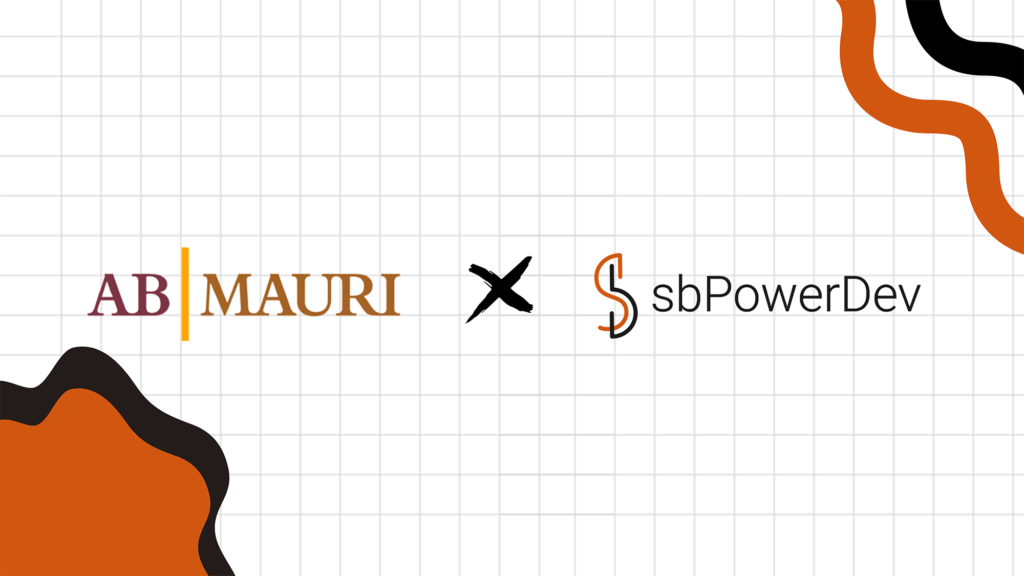In today’s digital age, security and trust are paramount. Imagine conducting important transactions or signing vital contracts electronically, but without the certainty of a pen-to-paper signature. That’s where digital signatures come in. Just like a traditional signature verifies the sender’s identity and prevents tampering, digital signatures safeguard the realm of electronic interactions. It revolutionizes the way companies handle document authentication and approval processes. In this article, we delve into the intricacies of digital signatures, explore their importance, and learn about the two platforms offering digital signature services: Adobe Sign and Docusign.
Understanding Digital Signatures
Digital signatures, a form of electronic signature, are generated via a digital certificate, serving as a unique identifier for signers associated with specific documents. These signatures create a digital “fingerprint,” ensuring document integrity and validating the identity of the signer. They offer a secure alternative to traditional handwritten signatures, with worldwide acceptance and legal validity.
Benefits of Digital Signatures
- Security: Encrypted and tamper-proof, ensuring document integrity.
- Legally Binding: Hold the same legal weight as handwritten signatures.
- Global Acceptance: Recognized worldwide for various transactions and agreements.
- Efficiency: Streamline processes, saving time and reducing paperwork.
- Error-Free Workflow: Standardize processes and minimize manual errors.
- Cost Savings: Reduce paper consumption and associated expenses.
- Flexibility: Sign documents from anywhere, on any device, at one’s convenience.
Use Cases of Digital Signatures
Digital signatures have a wide range of use cases across various industries and sectors. Here are some examples:
- Legal Contracts: Signing legal contracts and agreements electronically, saving time and resources while ensuring authenticity and integrity.
- Financial Transactions: Verifying financial transactions, including banking transactions, electronic fund transfers, and online purchases, for secure and fraud-resistant payments.
- Government Documents: Signing government forms, applications, and permits digitally, facilitating efficient and paperless interactions with government agencies.
- Business Operations: Approving internal documents such as HR forms, purchase orders, and expense reports electronically, streamlining workflows and enhancing productivity.
- Healthcare Records: Signing electronic health records (EHRs), prescriptions, and patient consent forms to ensure patient privacy, compliance with regulations, and secure sharing of medical information.
- Real Estate Transactions: Executing real estate contracts, lease agreements, and property deeds digitally, simplifying the buying and selling process while maintaining security and transparency.
- Supply Chain Management: Signing electronic documents related to supply chain activities, such as purchase orders, shipping manifests, and customs declarations, to enhance transparency and traceability.
- Intellectual Property Protection: Securing intellectual property rights by digitally signing patents, copyrights, and licensing agreements, providing evidence of ownership and preventing unauthorized use.
- Remote Work and Collaboration: Facilitating remote work and collaboration by enabling the signing of contracts, proposals, and project agreements from anywhere in the world, eliminating the need for physical presence.
- Educational Institutes: Educational institutes can streamline administrative workflows by using digital signature in enrollment forms, consent forms, and agreements. It will reduce paper consumption, and enhance the overall user experience for students, faculty, and staff.
Platform Comparison: Adobe Sign vs. DocuSign
1. Adobe Sign: It is a cloud-based e-signature service that allows user to send, sign, track and manage signature processes using a browser or mobile device.
- Pros: Easy to use, robust security, facilitates quick signing.
- Cons: Relies on the internet, difficulty in modifying agreements.
2. DocuSign: It allows organizations to manage electronic agreements with electronic signatures on different devices.
- Pros: Safe and secure, works without the internet, easy to use.
- Cons: Charges for cancelling subscription.
Similarities Between Adobe Sign and DocuSign
- Offer 24/7 chat support.
- Provide a package of e-signature features.
- Easy to use and mobile-user friendly.
- Allow users to upload and prepare documents.
- Both are legally binding and secure.
- Enable customization options such as editing colors, logos, and buttons.
- Offer drag and drop tools.
In conclusion, digital signatures offer a secure, efficient, and environmentally friendly solution for document management. Both Adobe Sign and DocuSign provide robust platforms with unique features and advantages. Companies should carefully consider their specific requirements and preferences when choosing between these platforms to enhance their document workflows effectively.















